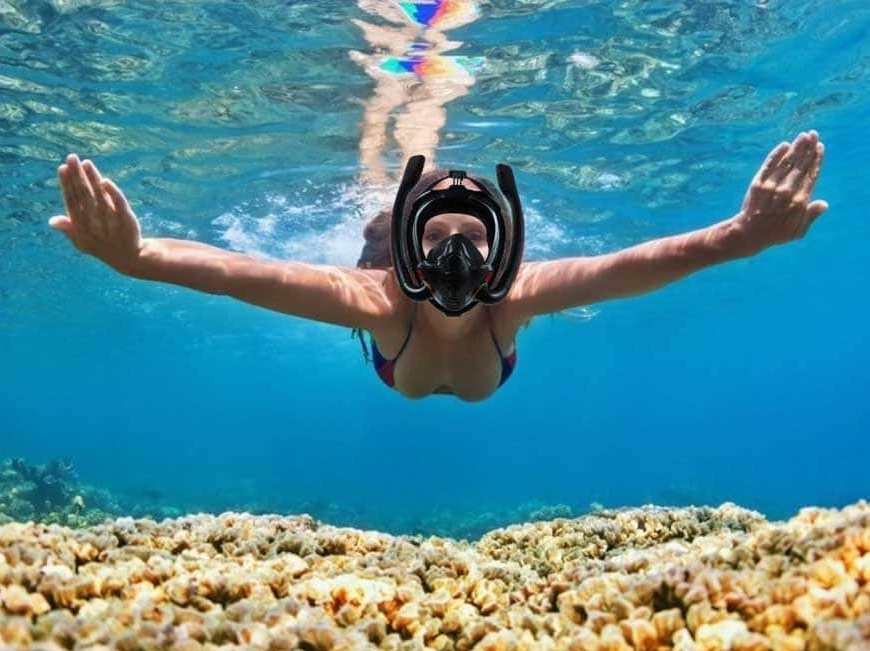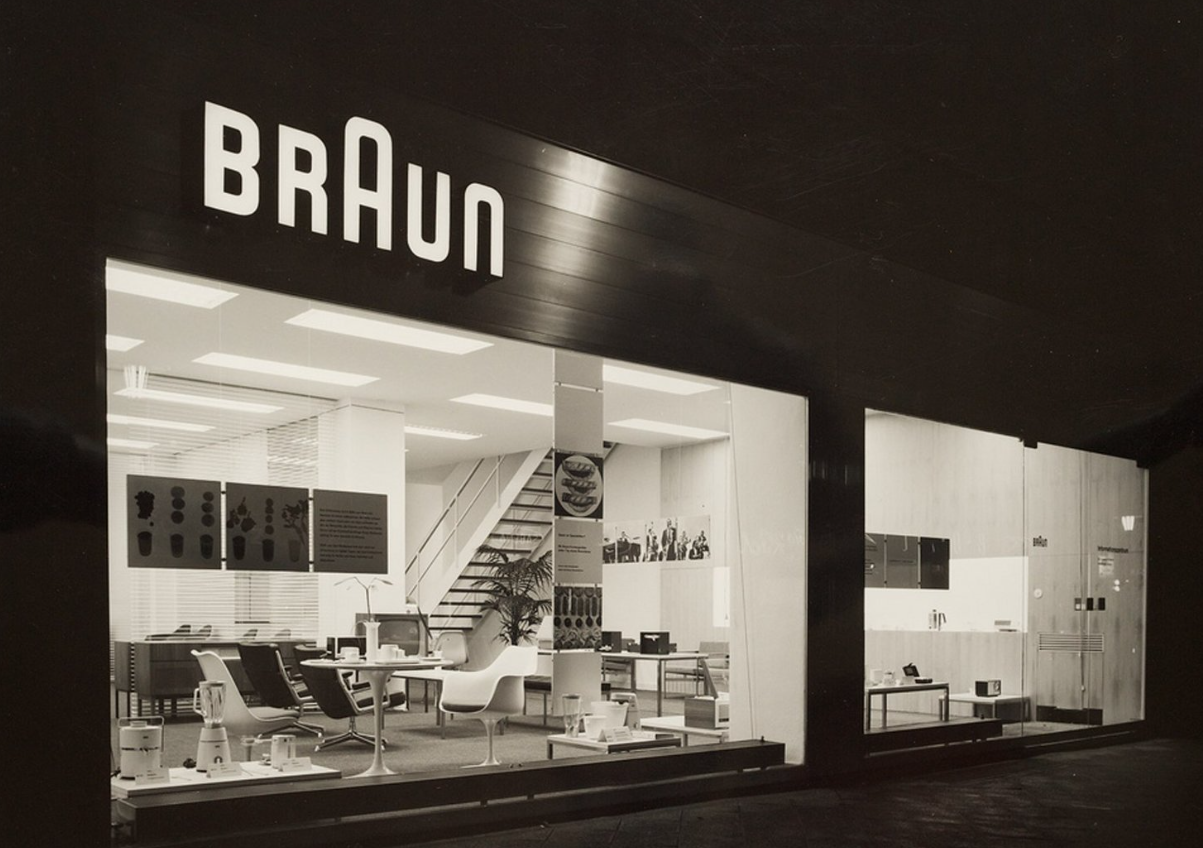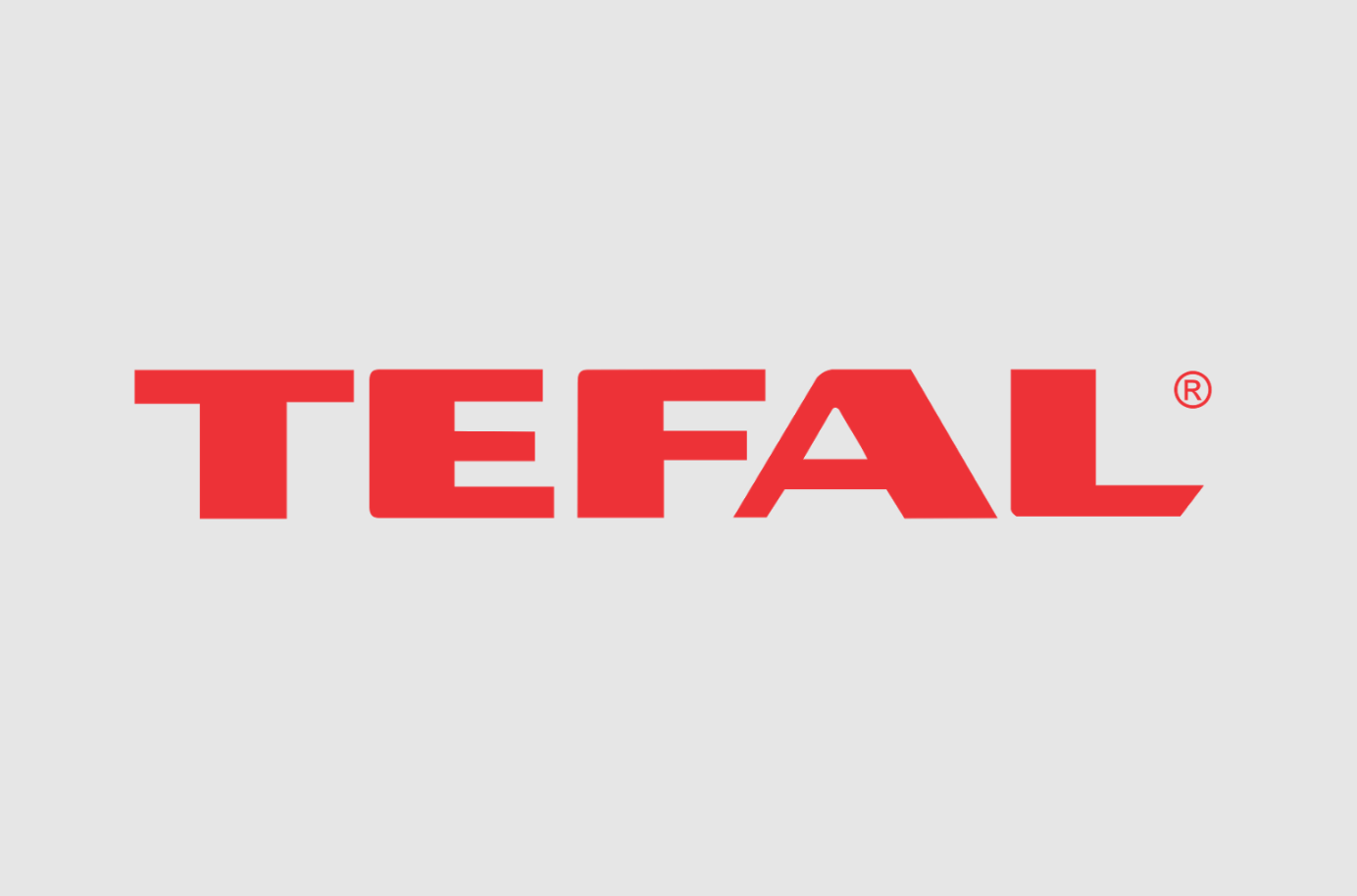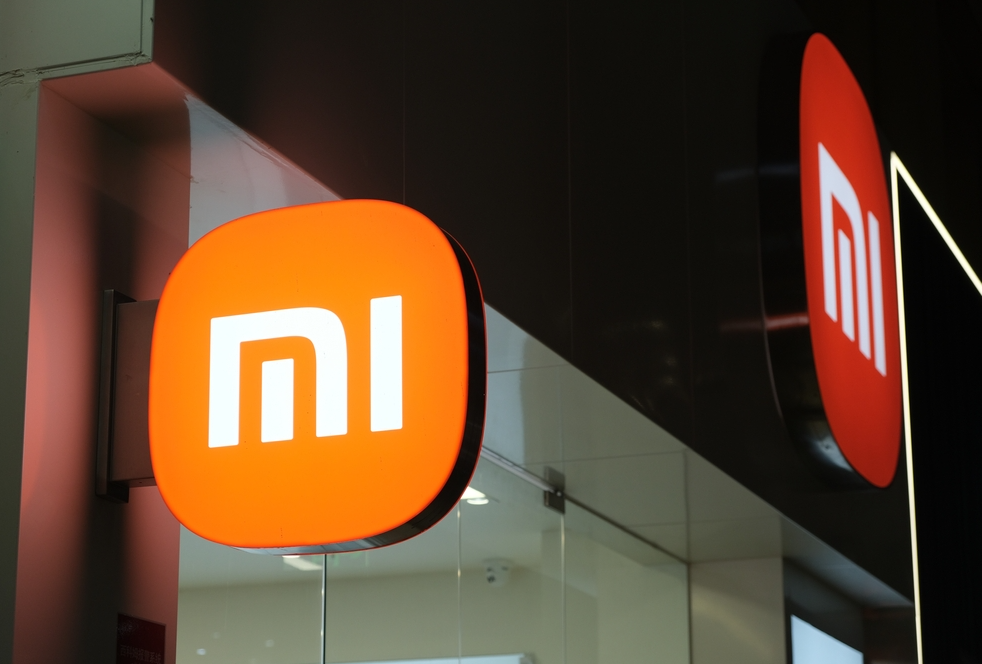Snorkelling is an amazing way to explore the underwater world without the need for complicated diving equipment. The full-face snorkelling mask has become popular due to its convenience and functionality. However, there are many details to consider in order to choose the perfect mask. Let’s consider each of them in more detail.
Main advantages of the full-face mask
Comfortable breathing
- The full-face mask allows you to breathe through both your nose and mouth. This is especially important for people who are uncomfortable using a traditional tube.
- With separate inhalation and exhalation channels, the mask prevents fogging of the glass and provides a constant supply of fresh air.
Wide viewing angle
- The panoramic glass of the full-face mask provides a viewing angle of up to 180 degrees. This allows you to better navigate underwater and enjoy the views.
- The large glass also reduces the feeling of being confined and improves peripheral vision, making scuba diving more exciting.
No misting
- Modern masks are equipped with air circulation systems that prevent misting. The air flows through the mask, removing moisture and providing a clear view.
- Some models have special antifog coatings that additionally prevent condensation.
Important selection criteria
Size and fit
Choosing the right size full face snorkelling mask is key to ensuring comfort and preventing water intrusion. The wrong size can lead to discomfort and water leakage, which will significantly impair your snorkelling experience.
Tight fit
The mask should fit snugly around your face, creating an airtight seal around it. This prevents water from getting inside the mask, which is especially important for maintaining clear vision and comfort while snorkelling. However, the mask should not press on your face as this can cause discomfort and even pain with prolonged use.
Mask sizes
Manufacturers typically offer full-face masks in several standard sizes, such as S/M and M/L. These sizes are designed to fit different face shapes and sizes:
- S/M: Suitable for people with narrower and smaller faces. This size is usually recommended for women and teenagers.
- M/L: Suitable for people with wider faces. This size is usually recommended for men and those with a medium to large face.
Some manufacturers may offer additional sizes or adjustments, so always check the specific brand’s recommendations.
Determining the appropriate size
- Measure the distance: Use a ruler or measuring tape to measure the distance from the bottom point of your chin to the top point of the bridge of your nose (the place between your eyebrows).
- Compare with size chart: Compare the measurement obtained with the size chart provided by the mask manufacturer. Usually, manufacturers specify a range of measurements for each mask size.
Trying on the mask
If you have the opportunity, be sure to try on the mask before you buy it. Here are some tips for trying it on:
- Snug fit: Put the mask on and press it lightly against your face without using the straps. Inhale through your nose. The mask should suck lightly on your face and stay in place without the use of your hands. This indicates a good seal.
- Comfort: Put the mask on using the straps and make sure it fits comfortably. The mask should not press on your face, especially on the bridge of your nose and cheekbones. Check that the straps are not too tight.
- Mobility test: Turn your head from side to side and tilt it back and forth. The mask should stay in place and not cause discomfort.
- Water Test: If you have access to a pool or water, try testing the mask for leaks in water. Immerse yourself in the water and check that no water penetrates the mask.
Materials
When choosing a full-face snorkelling mask, it is important to pay attention to the materials from which it is made. Quality materials provide comfort, durability and safety during snorkelling. Let’s consider the main materials used in the production of full-face masks and their features.
Silicone
- Soft and hypoallergenic silicone: The silicone used for the skirts (the parts of the mask that fit over the face) must be soft and hypoallergenic. This prevents skin irritation and ensures a comfortable fit. Silicone skirts also help create an airtight seal, preventing water from entering the mask.
- Advantages: Durable, flexible, UV and chemical resistant, does not cause allergic reactions.
Plastic
- Polycarbonate: This material is often used to make the mask body and glass. Polycarbonate is highly durable and impact resistant, making it ideal for use in extreme conditions.
- Advantages: High durability, light weight, scratch and impact resistant.
Glass
- Tempered glass: Many full-face masks use tempered glass for added safety. Tempered glass is stronger than ordinary glass and less prone to cracks and scratches.
- Advantages: High transparency, scratch-resistant, increased safety in case of breaking (breaks into small, safe shards).
Thermoplastic rubber (TPR)
- TPR: This material is used to make some parts of the mask, such as straps and skirts. Thermoplastic rubber combines the properties of plastic and rubber to provide flexibility and durability.
- Advantages: Flexible, resistant to wear, comfortable fit.
Polyurethane
- Polyurethane: Used in some mask models to create durable and flexible elements. Polyurethane is highly resistant to abrasion and chemicals.
- Advantages: Strength, flexibility, durability.
Ventilation system
- A good ventilation system is vital to prevent fogging and ensure comfortable breathing.
- Check that the exhalation valves are in place. They should be easy to open and close, preventing water from getting inside.
Drainage system
- The efficient drainage system allows water trapped inside to be quickly removed. Check the operation of the valves by tilting the head a few times.
- Make sure the mask has a chin drain valve that automatically opens to release water when you raise your head above the water.
Ease of use
- Comfortable straps and clasps ensure that the mask is securely fastened. They should be easily adjustable, allowing the mask to be quickly put on and taken off.
- Pay attention to the weight of the mask. Lightweight models are less fatiguing for prolonged use.
Proven manufacturers
- Well-known brands such as Cressi, Aqua Lung, and Tribord offer quality and reliable masks.
- Read user reviews and testimonials to choose a proven model. Internet forums and review sites can be useful sources of information.
Additional tips
- Tightness check: Before use, check the tightness of the mask. Put the mask on, take a few breaths and check that no air escapes.
- Use with a tube: Some full-face masks are fitted with integrated tubing to prevent water ingress. Make sure the tube is securely attached and does not interfere with movement.
- Regular care: Rinse the mask with fresh water after each use. Store it in a dry place protected from direct sunlight to avoid damage.
Choosing a full-face snorkelling mask requires careful consideration of many factors. Choosing the right mask will ensure comfort and safety, allowing you to fully enjoy the beauty of the underwater world. By following our recommendations, you will be able to find a mask that will be a reliable companion in your underwater adventures.
Buying a new full face mask will be even more enjoyable thanks to savings with reBITme. Enjoy your purchase!





